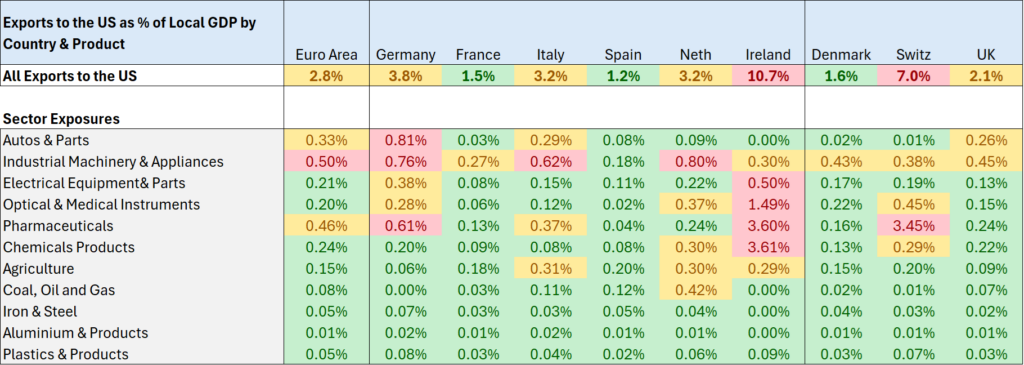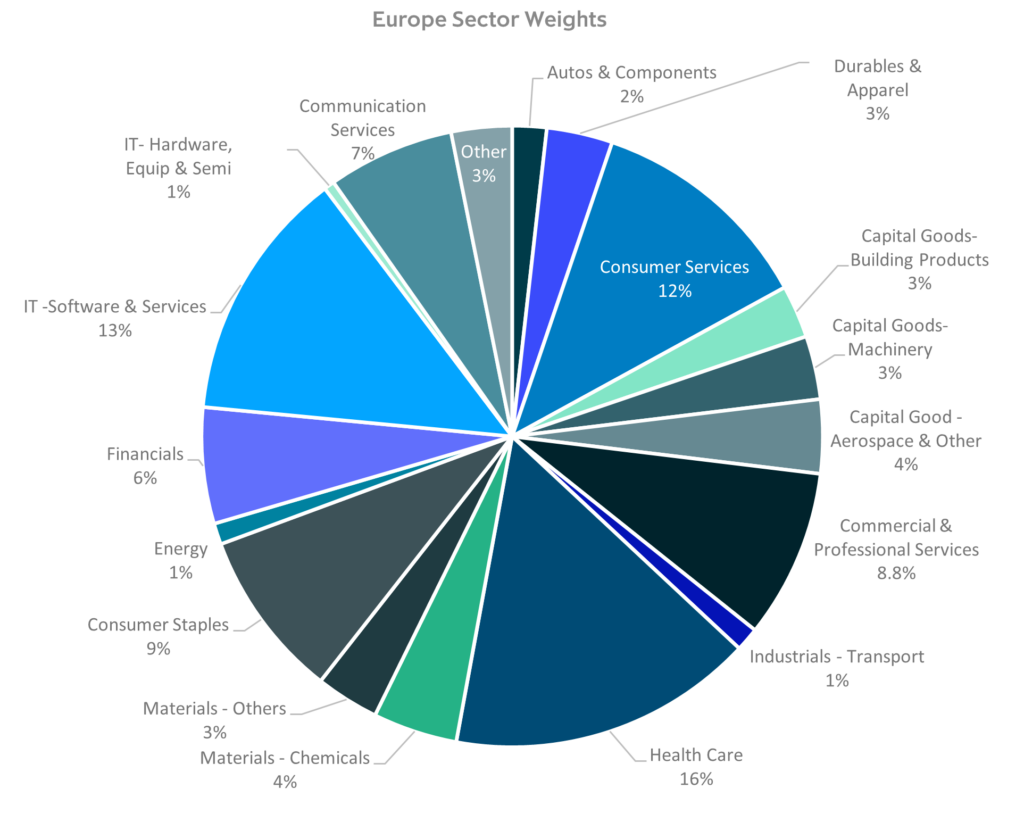The information contained herein and on the pages that follow does not constitute an offer to sell, or the solicitation of an offer to acquire or subscribe for, any securities in any jurisdiction where such an offer or solicitation is unlawful or would impose any unfulfilled registration, qualification, publication or approval requirements on ICG Enterprise Trust PLC (the "Company") or its affiliates or agents. Equity securities in the Company have not been and will not be registered under the applicable securities laws of the United States, Australia, Canada, Japan or South Africa (each an “Excluded Jurisdiction”). The equity securities in the Company referred to herein and on the pages that follow may not be offered or sold within an Excluded Jurisdiction, or to any U.S. person ("U.S. Person") as defined in Regulation S under the U.S. Securities Act of 1933, as amended (the "U.S. Securities Act"), or to any national, resident or citizen of an Excluded Jurisdiction.
Any communication on this website is only addressed to and is only directed at persons in any member state of the European Economic Area ("EEA Member State") where any required notification or registration for "marketing" as that term is defined in Article 4(1)(x) of Directive 2011/61/EU on alternative investment fund managers ("AIFMD") has been made and who are both: (i) "qualified investors" in that Member State within the meaning of Article 2(e) of EU Prospectus Regulation (EU/2017/1129), as amended, including any relevant implementing measure in an EEA Member State which has implemented the EU Prospectus Regulation; and (ii) "professional investors" in that EEA Member State within the meaning of Article 4(1)(ag) AIFMD. A list of EEA Member States in which a notification or registration has been made for marketing to professional investors under AIFMD is available on request.
This website is communicated by the Company. The Company is managed by ICG Alternative Investment Limited (“ICG AIL”), which is authorised and regulated by the UK Financial Conduct Authority ("FCA"). In its involvement preparing the communications on this website ICG AIL is acting for the Company and is not responsible for advising persons viewing this website or any other person, or for providing them with the protections which would be given to those who are clients of ICG AIL under the rules of the FCA.
The information on the pages that follow may contain forward looking statements. Any statement other than a statement of historical fact is a forward looking statement. Actual results may differ materially from those expressed or implied by any forward looking statement. The Company does not undertake any obligation to update or revise any forward looking statements. You should not place undue reliance on any forward looking statement, which speaks only as of the date of its issuance.
Access to electronic versions of these materials is being made available on the website in good faith and for information purposes only. Making press announcements and other documents relating to any offering of securities available in electronic format does not constitute an offer to sell or the solicitation of an offer to buy or subscribe for securities, nor does it constitute a recommendation by any party to sell or buy securities. Past performance cannot be relied on as a guide to future performance.
Your access to this website is governed by the above terms. The Company may change these terms. The changes will be posted on the website. Your access to this website is governed by the version of these terms then in force.
By clicking "I understand and agree" below, you represent, warrant and agree that you (1) have read and understood these terms and the other information set out above, (2) agree to be bound by the terms, (3) do not have a registered address in, and are not resident or located in, an Excluded Jurisdiction (or, if you do, you will not seek to make any investment in the securities of the Company), (4) are not a U.S. Person or a national, resident or citizen of an Excluded Jurisdiction (or, if you are, you will not seek to make any investment in the securities of the Company), (5) are permitted under applicable laws and regulations to receive the information contained in the pages that follow, and (6) agree that you will not transmit or otherwise send any information contained in this website to any person in the United States or to any U.S. Person for the purpose of that person considering an investment in the securities of the Company, or to any publication with a general circulation in the United States.
If you cannot so certify and agree, you must click the button labelled "I decline" or otherwise exit this website.




















 Back
Back